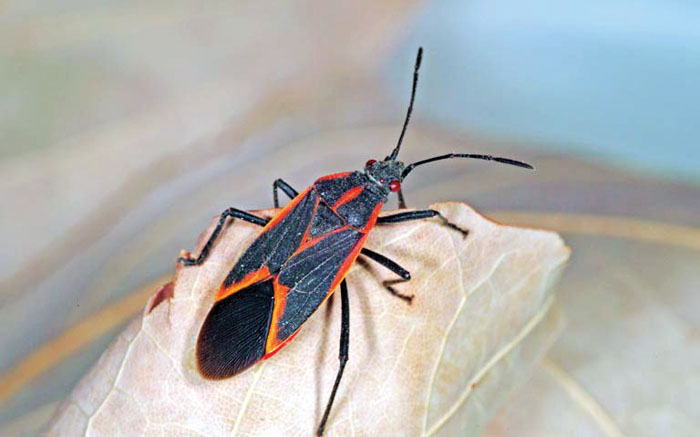Time to start tackling those November home and garden chores
Published 12:00 am Saturday, November 12, 2022

- boxelder bug
Outdoor activities and chores never seem to cease even with the sudden realization of winter. Below are a few questions that a few have asked over the past few weeks about their ongoing landscape maintenance.
Pruning — Many believe that fall is the best time to prune. Pruning can be done at any time of the year; however, heavy pruning in the fall may cause damage later in late winter or early spring.
Remove leaves from lawns — It’s important to remove leaves from fescue lawns, especially newly seeded lawns. Rain and windy conditions produce layers of wet leaves deterring growth and development on newly seeded areas of the lawn. Those with newly seeded lawns should carefully rake away or blow leaves so emerging seed and established lawns can grow and expand its root system. Newly seeded fescue lawns should be mowed when the young turf reaches a height of 3 or 4 inches. Make sure the mower blade is very sharp. Dull mower blades will rip young seedlings out of the ground.
Fall lawn fertilization — Continue to fertilize lawns into late November. Continuous fall fertilization allows fescue the opportunity to develop a strong root system during the cool weather of fall and early spring. Extensive healthy roots are necessary to survive the upcoming summer heat.
Pansies — Pansies and other fall bedding plants can still be planted this month. Make sure the plant beds are deeply tilled adding ample soil amendments. Mulch newly set plants with a 3-inch layer of fine bark. Dead heading spent blooms throughout the fall and winter promotes maximum root growth. Fertilize with a water-soluble fertilizer when temperatures fall below 60 degrees. Fertilization during unseasonably warm temperatures in the winter months causes the plants to stretch and become weak.
Planting shrubs and trees — Many have asked if container trees and shrubs can still be planted. Shrubs and trees can be planted into the fall. The cool winter weather allows root systems the opportunity to become established during the winter. Add 3-4 inches of mulch to conserve moisture and discourage weeds. Keep newly planted shrubs and trees properly irrigated during dry periods in the winter and spring months.
Insects are still around — Insects such as stink bugs and boxelder bugs can be a nuisance late in the fall. These insects are attracted to boxelder trees; a trash maple that grows in ditch banks near streams or wet areas. Complete control is impossible and often impractical. Upcoming cold temperatures will keep them at bay.
Darrell Blackwelder is the retired horticulture agent and director with the North Carolina Cooperative Extension Service in Rowan County. Contact him at deblackw@ncsu.edu.



